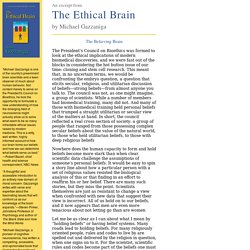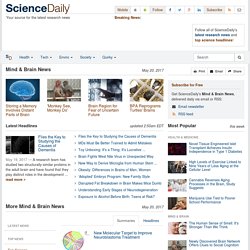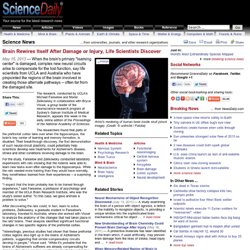

Neural Network Tutorial. Introduction I have been interested in artificial intelligence and artificial life for years and I read most of the popular books printed on the subject.

I developed a grasp of most of the topics yet neural networks always seemed to elude me. Sure, I could explain their architecture but as to how they actually worked and how they were implemented… well that was a complete mystery to me, as much magic as science. I bought several books on the subject but every single one attacked the subject from a very mathematical and academic viewpoint and very few even gave any practical uses or examples.
So for a long long time I scratched my head and hoped that one day I would be able to understand enough to experiment with them myself. That day arrived some time later when - sat in a tent in the highlands of Scotland reading a book - I had a sudden blast of insight. The C++ source code for the tutorial and a pre-compiled executable can be found here. 2 3 4 5 6 7 8 Next Home. How Language Works (Edition 3.0): Table of Contents. How to Make Your Willpower Stronger. How the Brain Uses Glucose to Fuel Self-Control. Steam power sets massive, clunky turbines into motion.

Horsepower involves explosions of work, with engines hurtling cars down a freeway. Solar power taps the awesome might of the sun itself and may someday light entire cities. But willpower seems different. For one thing, it more often describes disciplined inactivity, such as resisting a temptation, than some observable action. While metaphorical horses produce horsepower and the sun solar power, it’s not easy to frame “wills” in an equivalent way. It turns out, however, that the power part of “willpower” is no mere figure of speech. As you carry out a particular behavior, the rate of glucose consumption jumps in the pertinent brain region. Work by numerous scientists, most notably Roy Baumeister of Florida State University, shows how literal the power behind willpower is. Moreover, during a tough self-control task, circulating glucose levels plummet, consumed by hardworking frontal neurons.
DNews: Simulating the Human Brain. Guy Winch. Michael Gazzaniga: The Ethical Brain. By Michael Gazzaniga The Believing Brain The President’s Council on Bioethics was formed to look at the ethical implications of modern biomedical discoveries, and we were fast out of the blocks in considering the hot button issue of our time: cloning and stem cell research.

This meant that, in no uncertain terms, we would be confronting the embryo question, a question that elicits secular, religious, and utilitarian discussion of beliefs—strong beliefs—from almost anyone you talk to. The council was not, as one might imagine, a group of scientists. While a number of members had biomedical training, many did not. Nowhere does the human capacity to form and hold beliefs become more stark than when clear scientific data challenge the assumptions of someone’s personal beliefs. Let me be as clear as I can about what I mean by “holding beliefs” or having belief systems. Our species can develop beliefs at lightning speed. How Our Brain Creates Belief:The Brain’s Left-Hemisphere Interpreter. TEDxPeachtree - Frans de Waal - Morality without Religion. Philip Zimbardo: The psychology of evil. ScienceDaily: Mind & Brain Articles. May 19, 2017 — A new study has served to identify some genetic mutations that will help to improve the treatment of ... read more May 19, 2017 — Scientists have made an important step in understanding the organization of nerve cells embedded within the gut that control its function -- a discovery that could give insight into the origin of ... read more Scientists to Test Zika Virus on Brain Tumors May 19, 2017 — In a revolutionary first, scientists will test whether the Zika virus can destroy brain tumor cells, potentially leading to new treatments for one of the hardest to treat cancers. ... read more Female Faculty Face Strong Glass Ceiling in Male-Dominated University Environments, Study Concludes May 18, 2017 — Female faculty members hoping to advance to the highest ranks of academia face significant barriers due to male-dominated environments at colleges and universities, according to a new ... read more Consumers See Much Greater Risk Than Reward in Online Ads.

Brain rewires itself after damage or injury, life scientists discover. May 15, 2013 — When the brain's primary "learning center" is damaged, complex new neural circuits arise to compensate for the lost function, say life scientists from UCLA and Australia who have pinpointed the regions of the brain involved in creating those alternate pathways -- often far from the damaged site.

The research, conducted by UCLA's Michael Fanselow and Moriel Zelikowsky in collaboration with Bryce Vissel, a group leader of the neuroscience research program at Sydney's Garvan Institute of Medical Research, appears this week in the early online edition of the Proceedings of the National Academy of Sciences. The researchers found that parts of the prefrontal cortex take over when the hippocampus, the brain's key center of learning and memory formation, is disabled. For the study, Fanselow and Zelikowsky conducted laboratory experiments with rats showing that the rodents were able to learn new tasks even after damage to the hippocampus.